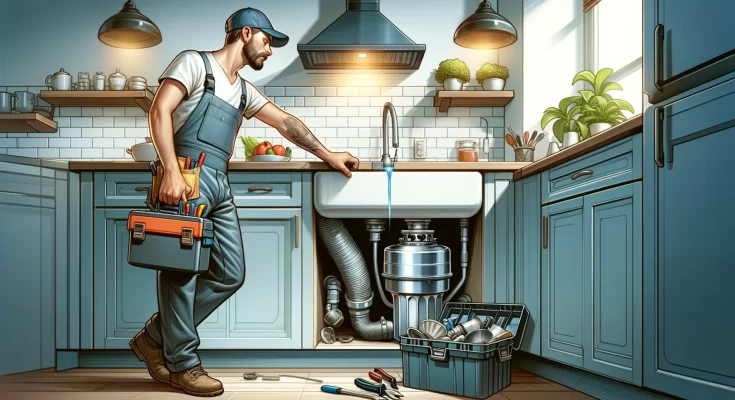Plumbing innovations continue to pave the way for greater living standards while incorporating more environmentally friendly practices through the development of high efficiency fixtures, affordable green systems and other plumbing solutions that provide consumers with tools for more sustainable development of future living spaces and improved living standards today.
PEX piping innovation helps mitigate the environmental impact of potable water and sewerage systems; other recycled content options offer alternatives that reduce environmental impacts. Advances such as smart leak detection technologies can send smartphone alerts at the first sign of a leak, avoiding expensive repairs – or unnecessary water supplying.
Touchless Faucets
Touchless faucets are becoming more and more popular. They are difficult to foundate as they suit people who want to save many water.People are considering that one of the advantage of these kind of models, these faucets dispense water just with a touch and forcing the water flow to stop for some time after no movement is detected from your hands,which means the all-in-one feature and green concept.But someone may have a question,imoetantly why people who are with physical disable may like them as well.
An infrared light presence sensor, coupled with an optical light presence sensor, detects your hand in front of the spout, when it sends a command signal to an attached solenoid valve to open and flow water. And when that hand is no longer sensed in front of the faucet, it tips off the valve to close with a push action closure.
They can run on batteries or household outlet power (with a long-lasting battery pack in your sink cabinet), and we suggest having a built-in GFCI plug so that your house’s faucet will keep working in power failures. Remember, however, that these sensors could easily be triggered by dirtied hands and by moving dishes – and they might not provide feedback for short grasps only versus longer grips with the hand.
Smart Sensors
The smart sensor is a transducer that uses physical signals to fulfil specific and programmed functions, mostly involving the capture of physical signals for signal conditioning, prior to analogue-to-digital conversion of the sensed quantity and the application of algorithms to further process the converted digital dataset. Because a smart sensor can make adjustments based on a precalibrated current setpoint, they usually include compensation features for built-in corrections of less-than-optimal measurements, or output values. For example, many have redundant built-in measurement devices that identify and monitor multiple measured values within a device’s set point to differentiate normal measurement drift from a fault in that specific sensor.
There are different kinds of smart sensors, some that measure temperature, some motion, some sound, and so on. The advantages are easy centralised monitoring, alerts in real time, and remote access via the web or mobile devices. They are also helpful when human beings are unable, or unwilling, to enter a remote or dangerous location; when energy efficiency efforts are increased by measuring the environment; and when manufacturing processes are optimised or product defects can be found.
Leak Detection
The problem of leaks presents one of the plumber’s most vexing challenges today, wasting water and money at the time, while hiding damage that’s hard to find. Old-fashioned water-listening sticks are of little help. However, sensor technology and computer analytics identify leaks much more quickly.
Acoustic leak detection monitors a pipe system by placing sensors (leak acoustic sensors) at multiple points along a pipe. These sensors capture noise caused by fluid leakage that is produced as the pressurised liquid escapes into a pipe segment from a point in the system where excess pressure developed. The acoustic signals produced by leaks are collected by the leak acoustic sensors throughout the pipe system. Using mathematical techniques, technicians working with this data can identify the location of the leak simply by determining which parts of the system produce higher volumes of acoustic signals.
Nowadays, professional plumbers use state-of-the-art leak detection tools such as drones employed by professional plumbers, where the operators are capable of scanning over large areas from above to locate sudden changes in temperature, which indicates a leaky pipe, thereby cutting down time and money spent by homeowners as well as business owners.




